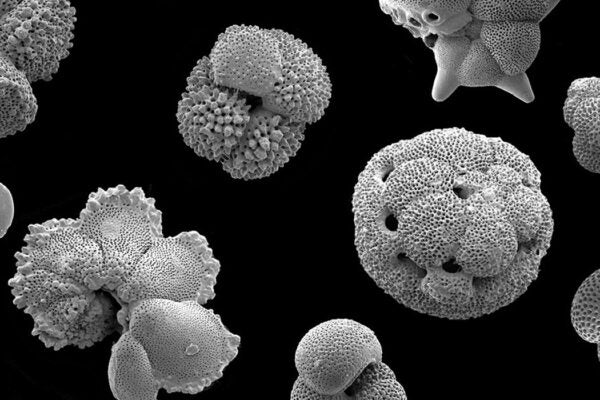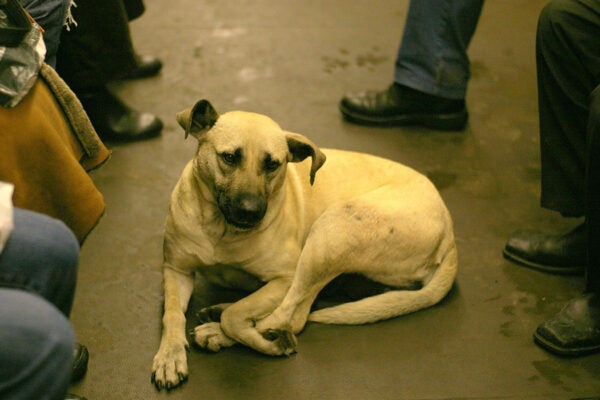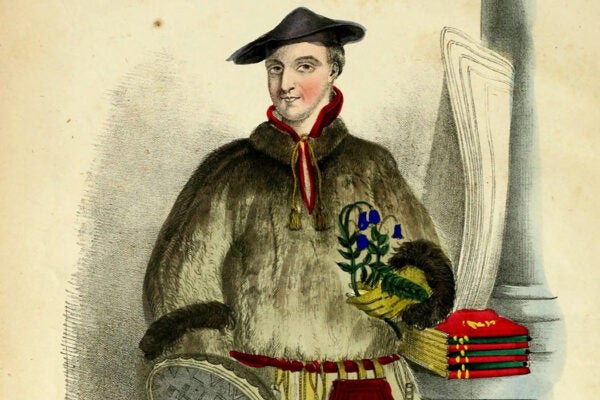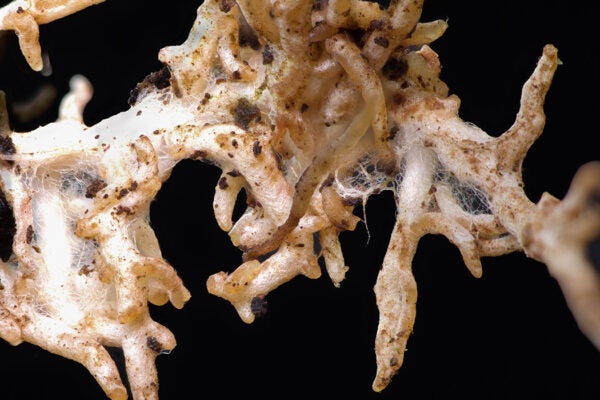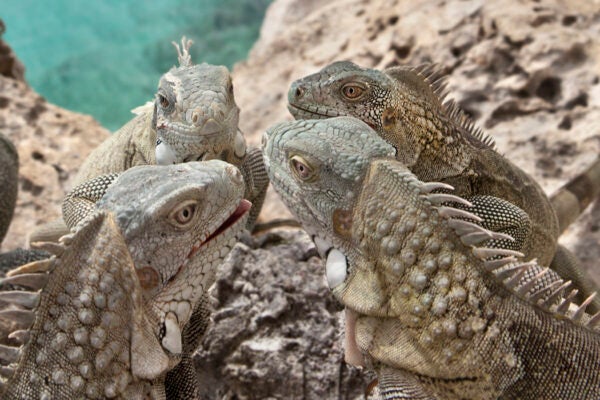Juneberry: A Summer Sweet for People, Pollinators, and Birds
For millennia, Indigenous peoples in North America derived sustenance from the juneberry, known also as the misâskwatômin, serviceberry, shadbush, or saskatoon.
Coco De Mer: The Magical Derrière of the Sea
Once viewed as a precious item of mysterious origin, the seed of the coco do mer palm, though better understood today, remains a rare and valuable commodity.
The History of the Ocean, as Told by Tiny Beautiful Fossils
Bountiful remains of foraminifera reveal how organisms responded to climate disturbances of the past. They can help predict the future, too.
Cerbera odollam: “The Suicide Tree” That Harms and Heals
Even before The White Lotus, people feared the poisonous pong-pong tree, Cerbera odollam. But there's another way to look at the plant and its effects.
Weird and Wondrous Sea Cucumbers
These spiny or slimy ocean creatures display an astonishing diversity of appearances, behaviors and lifestyles. Many are increasingly threatened.
Dogs of the Moscow Metro
The public attitude toward the adventurous dogs who have mastered the Moscow metro system has roots in an egalitarian Soviet culture.
Was Carl Linnaeus Bad at Drawing?
Linnaeus has often been thought of as a poor artist, but visualization was a core element of his analytical tool set.
Acacia: A Legacy of Artistry and Extraction
The thorny Acacia tree produces gum arabic, a versatile substance that’s been driving global trade for centuries.
The Fungi in the Carbon Jigsaw
Out of sight, below the soil’s surface, fungi play a vital role in the existence and health of our forests, woodlands, jungles, and prairies.
The Reptilian Renaissance
Think reptiles like crocodiles and caimans are slow learners? It’s probably because you’re human.


